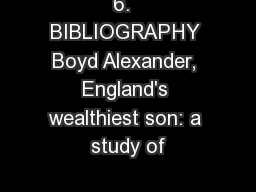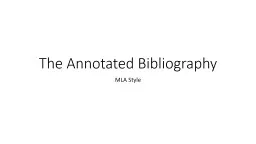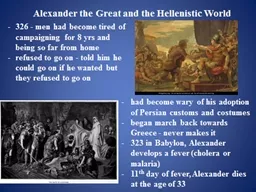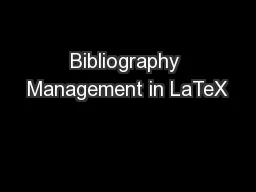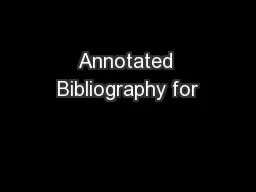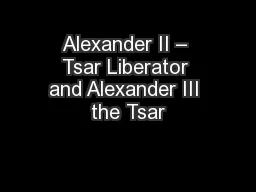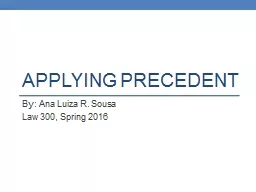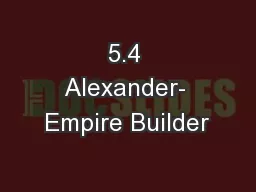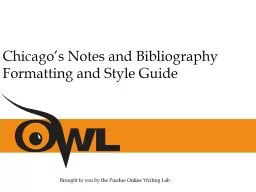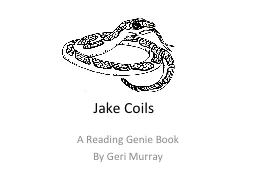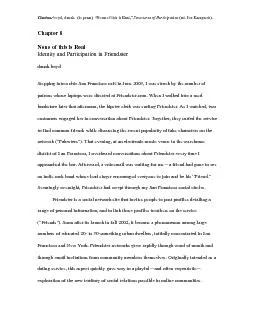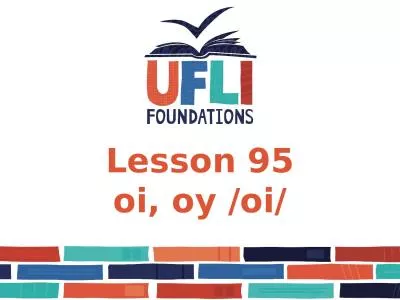PDF-6. BIBLIOGRAPHY Boyd Alexander, England's wealthiest son: a study of
Author : lois-ondreau | Published Date : 2016-04-23
5 SUMMARY OF THE CONTENTS OF THE MICROFILMS The following is an outline of the contents of the GaleMorant Papers The collection falls naturally into six sections
Presentation Embed Code
Download Presentation
Download Presentation The PPT/PDF document "6. BIBLIOGRAPHY Boyd Alexander, England..." is the property of its rightful owner. Permission is granted to download and print the materials on this website for personal, non-commercial use only, and to display it on your personal computer provided you do not modify the materials and that you retain all copyright notices contained in the materials. By downloading content from our website, you accept the terms of this agreement.
6. BIBLIOGRAPHY Boyd Alexander, England's wealthiest son: a study of: Transcript
Download Rules Of Document
"6. BIBLIOGRAPHY Boyd Alexander, England's wealthiest son: a study of"The content belongs to its owner. You may download and print it for personal use, without modification, and keep all copyright notices. By downloading, you agree to these terms.
Related Documents

